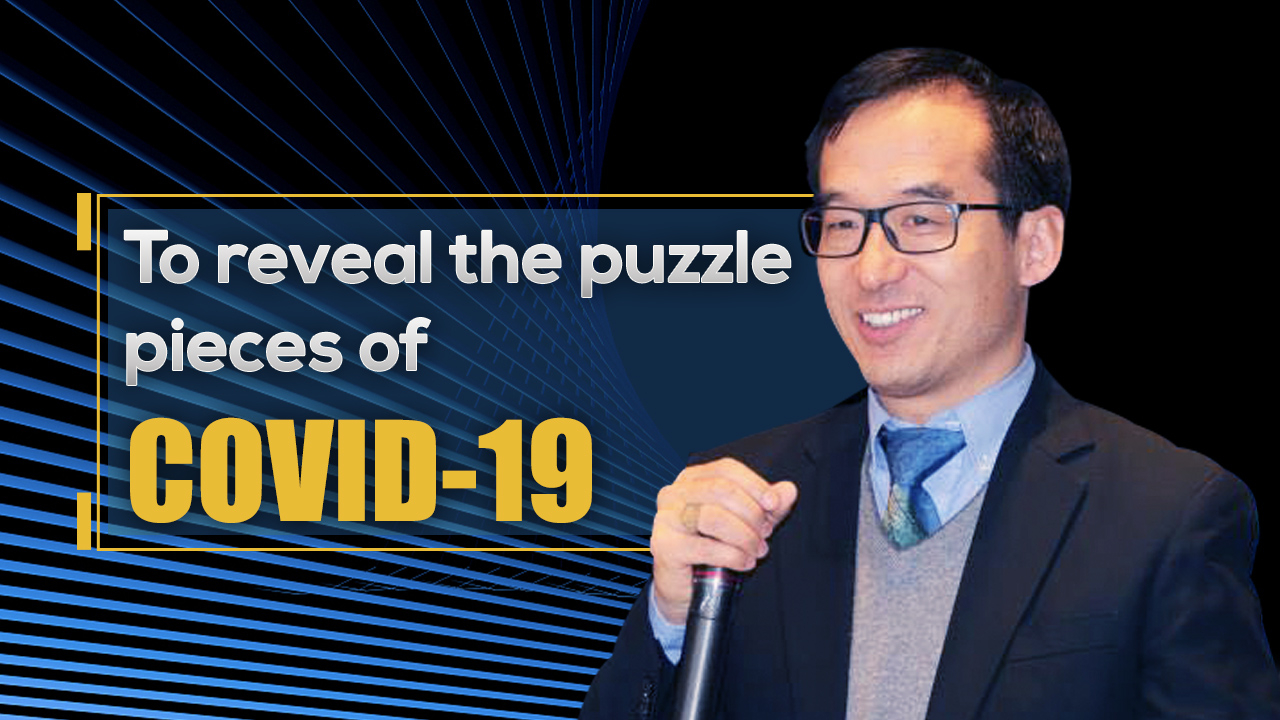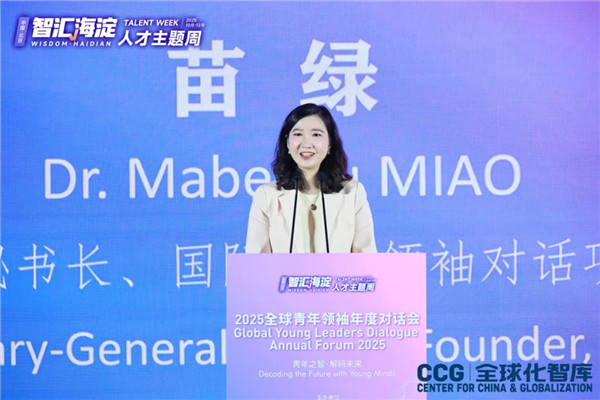Jay Dong: Revealing the puzzle pieces of COVID-19
March 12 , 2020

Jay Dong is a senior board member of the Center for China and Globalization (CCG). He is also secretary general of the Precision Medicine Professional Committee of Chinese Society of Biotechnology. He shared his takes on the latest controversies about the COVID-19 detection and treatment.
CGTN: Recently some patients with negative nucleic acid tests were discharged from hospitals and were later tested positive during their reexaminations. Why did this happen?
Jay Dong: There are a couple possibilities. One is false negative to begin with. The false negative can be due to different detection methods… And then the other one could be sample timing. As I mentioned, as the disease progresses, if you check one location [and it’s] negative, but [it] may not mean all locations negative. So that’s a false negative possibility.
The other one will be if you’re looking at one sample. For example, [in] the early stage, you look at the upper tract, [and see an] upper tract infection.
At later stage, you [might] look at a later deeper lung infection. You look at the bronchoalveolar, lavage fluid, or simply, we can call it a lung wash. You look at this, and different locations and different timing.
And also lastly, for example, there could be relapse [where] the virus [is] hiding somewhere that you cannot find, whether you use one or two or three locations and then a virus comes out.
So that’s why a combination of different techniques and a combination of multiple locations to make sure [that] it’s a true negative, not a false negative. Besides a false negative, it could be a reinfection – reinfection by a mutated virus – that’s possible. So those negative-turned-positive patients could be any of those situations.
CGTN: The plasma of recovered patients has been proven effective in COVID-19 treatment. The vaccine for coronavirus research is still in the pipeline. What’s your take on these two different treatments?
Jay Dong: The productive serum in the a portion of the blood was under the assumption that those people who were infected and generated protective antibodies, or very simply put, a “protective bullet“ that could be used to fight the virus. So those [the idea is that if you use] “the bullet” in the blood of the recovered patients and if you take the blood out, isolate the serum, and inject the serum into a sick person – it’s just like a borrowing bullet, a bullet or weapon from another person, to help fight the battle with the current patient.
Or in other words, the current patient is hungry. You borrow a fish from another person to eat. And then he’s not hungry anymore. A sick person, borrowing the protective serum so that it can help him or her fight the virus in his or her own body. But that’s not gonna last forever.
Just like no matter how many fish they lend to you, the [number of] fish run lower. So that’s why this is called passive protection.
The other way will be active protection. That means showing you how to fish. And then that’s long-lasting. That comes to the vaccine. The vaccine basically is a way to teach your immune system [so] that when the virus comes, you find the virus this way.
Topical News See more






